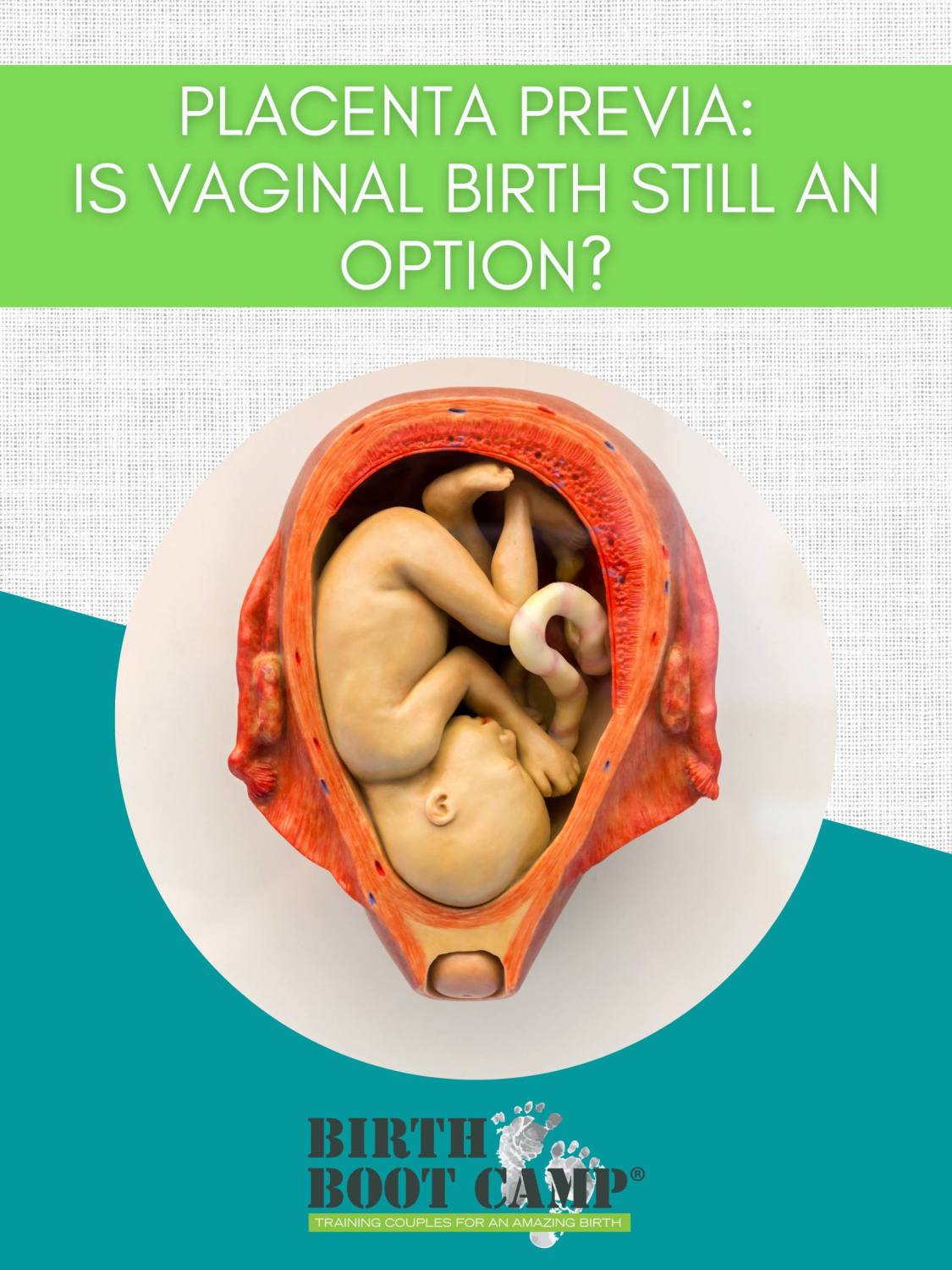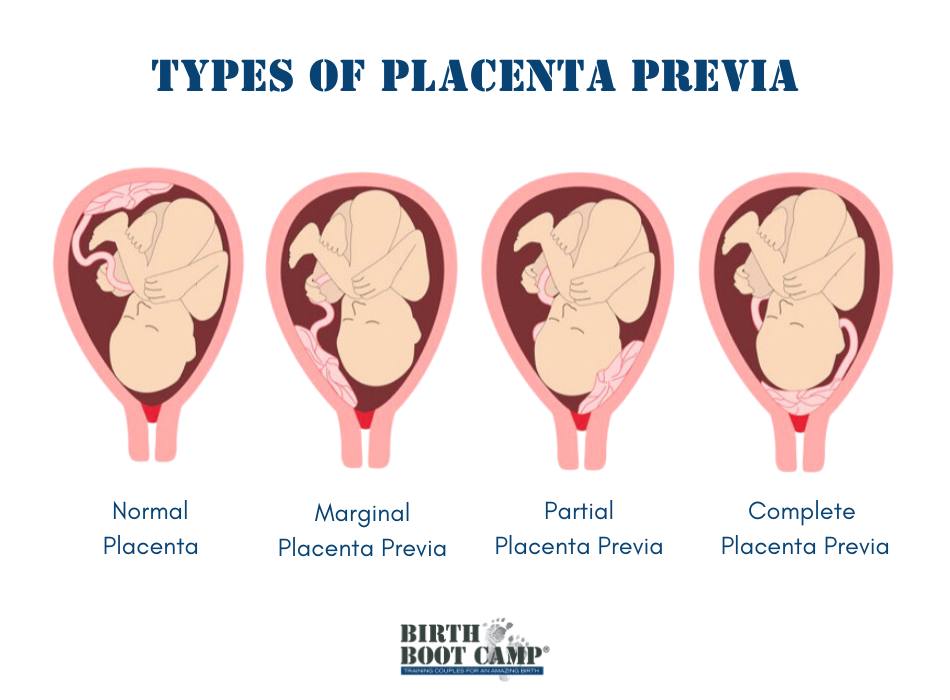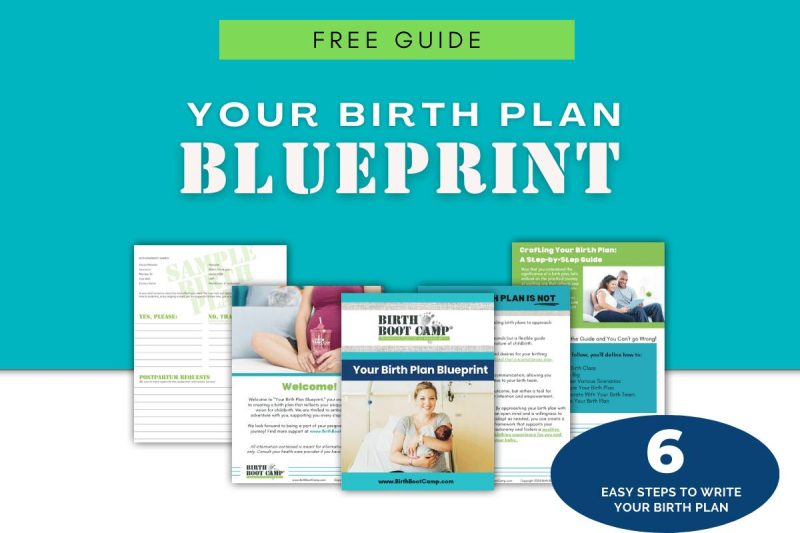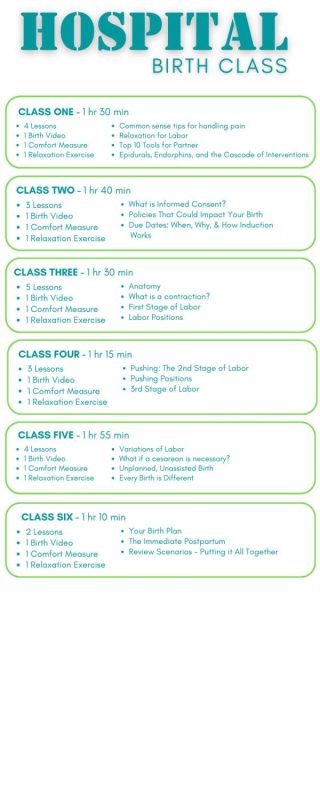What is Placenta Previa?
Hey, you got this! Placenta previa is a relatively rare, but potentially serious pregnancy complication. It happens when the placenta takes a lower seat in your uterus, possibly covering part or all of the cervix. Placenta previa can impede the baby’s pathway for a vaginal delivery and lead to various concerns, but stick around, because the birth journey might still have a twist in store.
Types of Placenta Previa:
There are three main types of placenta previa, classified based on the degree of overlap with the cervix:
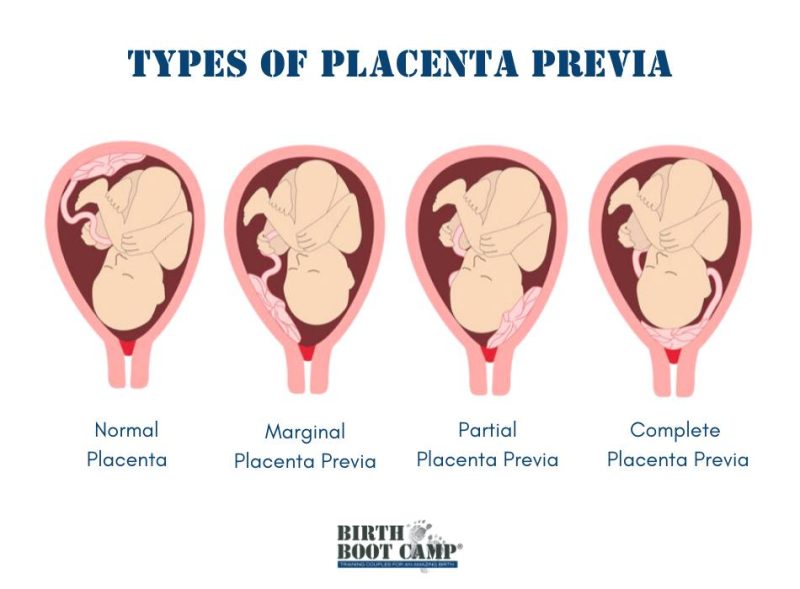 Marginal previa: The placenta is located near the cervix but does not completely cover it.
Marginal previa: The placenta is located near the cervix but does not completely cover it.
Partial previa: A portion of the placenta covers the cervix.
Complete previa: The placenta fully covers the cervix.
Causes:
The exact cause of placenta previa remains unclear, but several factors may increase the risk of its occurrence:
- Low implantation of the fertilized egg.
- Previous uterine surgeries, such as cesarean sections or dilation and curettage (D&C).
- Multiples pregnancies (twins, triplets, etc.).
- Scarring or inflammation of the uterine lining.
- Advanced maternal age.
- Smoking or drug use during pregnancy.
Symptoms:
Women with placenta previa may experience different symptoms, such as:
- Painless vaginal bleeding, especially in the later stages of pregnancy.
- Bright red blood, often abrupt and heavy.
- Contractions or uterine cramps.
Diagnosis:
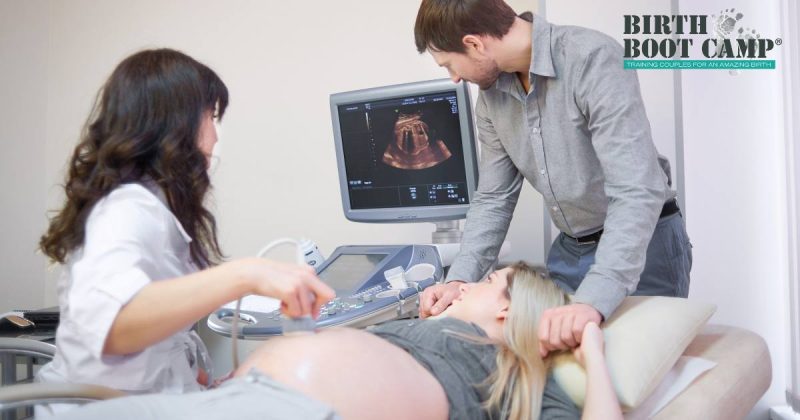 Placenta previa is typically diagnosed through ultrasounds, which can accurately determine the placenta’s location in relation to the cervix. Routine prenatal care and ultrasounds are crucial for early detection and monitoring.
Placenta previa is typically diagnosed through ultrasounds, which can accurately determine the placenta’s location in relation to the cervix. Routine prenatal care and ultrasounds are crucial for early detection and monitoring.
Potential Complications:
If you find yourself facing a placenta previa diagnosis, know that your healthcare partner is right by your side, dedicated to monitoring both you and your little one with unwavering care. This proactive approach is designed to minimize the possibility of encountering significant challenges:
Bleeding:
Placenta previa brings with it the potential for vaginal bleeding, ranging from moderate to severe, and, in some cases, even posing a life-threatening risk. The close proximity of the placenta to the cervix can heighten the chances of tearing or detachment, leading to episodes of bleeding. This concern can manifest at any point during your pregnancy, labor, delivery, or in the hours following childbirth. Rest assured, your healthcare provider will be your vigilant guardian, guiding you through the signs to be watchful for. In the event of bleeding, swift medical intervention becomes important to ensure the wellbeing of both you and your precious baby.
Preterm Birth:
In cases where severe bleeding occurs due to placenta previa, the possibility of an emergency cesarean section (C-section) before your baby reaches full term may arise. Preterm birth carries its own set of risks for the health and development of the infant. Your healthcare provider will conduct careful assessments to determine the most appropriate course of action, aiming to mitigate the potential risks linked with preterm birth. Staying committed to their guidance and attending regular prenatal appointments are essential for consistent monitoring.
Placenta Accreta Spectrum:
Placenta previa often aligns with a cluster of conditions collectively termed the placenta accreta spectrum. In these conditions, the placenta abnormally adheres and could potentially grow into or through the uterine wall. The presence of placenta accreta spectrum conditions, which encompass placenta accreta, increta, and percreta, carries significant risks due to the heightened likelihood of excessive bleeding during pregnancy, labor, or delivery. Your healthcare provider will conduct comprehensive assessments to gauge the extent of placental involvement and design a tailored delivery plan that prioritizes your safety and your baby’s well-being.
Can your Placenta Previa “Migrate”?
Ever wondered if your placenta can change its position as your pregnancy progresses? A recent study by The National Library of Medicine explored the idea of placental migration and whether it can impact how you give birth. The study found that around 38% of participants saw their placenta migrate more than 3 cm away from the cervix by week 36 of pregnancy. This movement offered the possibility of a vaginal delivery for some. Specifically, among those with an anterior placenta previa. If the placenta’s edge was far enough from the cervix and the baby’s position was good, vagina birth was possible!
Management and Treatment:
The management of placenta previa depends on the severity of the condition, the gestational age, and the overall health of the mother and baby. Some approaches may include:
- Bed rest: Mild cases may require bed rest to reduce the risk of bleeding.
- Monitoring: Close monitoring of both the mother and baby’s health through regular ultrasounds and prenatal visits.
- Hospitalization: Severe cases may necessitate hospitalization to ensure immediate medical attention if bleeding occurs.
- Delivery planning: In some cases, a cesarean section may be recommended to avoid complications during vaginal delivery.
Can You Still Have a Vaginal Birth?
If you have been diagnosed with a marginal placenta previa, vaginal birth might be possible. In fact around 60% of cases involving low lying placenta have successfully resulted in vaginal deliveries. Remember as the uterus grows there is a chance for the placenta to naturally relocate higher in the uterus, eliminating concerns for delivery.
If concerns about placenta placement continue through the third trimester, rest assured, you have options. With a placenta positioned far enough away from the cervix, doctors may endorse a vaginal birth. Remember your healthcare provider’s guidance is invaluable in making the best decision for you and your baby.
Placenta previa is a complex pregnancy condition that requires vigilance, medical expertise, and careful planning. Early detection, thorough prenatal care, and open communication with healthcare professionals are key to managing it effectively and knowing your options.
Take control of your birth experience with our Birth Plan Blueprint. Your essential guide to creating a birth plan that reflects your unique journey and vision for childbirth.

